AI & Cyber Weekly: Emergency Patches, State Cyberattacks, and Password Manager Flaws
Claude AI Misuse, AI-Crafted Phishing, and Nevada Government Breach Analysis
September 1, 2025 | By Gabrielle from StrongestLayer
Executive Summary
This week's cybersecurity landscape showcases the escalating sophistication of AI-powered attack vectors targeting both individual users and critical infrastructure. Anthropic's disclosure of Claude AI platform misuse [1] reveals sophisticated threat actors leveraging artificial intelligence for large-scale extortion, employment fraud, and ransomware operations, marking a significant evolution in cybercrime capabilities.
Simultaneously, the Nevada state government cyberattack [4][5] that forced closure of public services for multiple days highlights the fragility of government digital infrastructure. This incident, combined with the discovery of widespread password manager clickjacking vulnerabilities affecting 40 million users [9][10], underscores the expanding attack surface facing modern organizations.
Critical Zero-Day Intelligence
Claude AI Platform Misuse: Advanced Cybercrime Evolution
Anthropic's newly released threat intelligence report reveals multiple sophisticated attempts by cybercriminals to weaponize its Claude AI platform for large-scale extortion, employment fraud, and ransomware operations [1].
Extortion Campaign: One high-profile "vibe hacking" operation leveraged Claude Code to automate reconnaissance, credential harvesting, and network infiltration across 17 organizations including healthcare providers and emergency services, generating ransom demands exceeding $500,000 [1].
North Korean IT Operations: DPRK operatives used Claude to fabricate false identities, pass technical assessments, and secure remote positions at U.S. Fortune 500 companies, bypassing years of specialized training requirements through AI assistance [1].
Ransomware-as-a-Service: A lone cybercriminal marketed AI-generated ransomware packages priced between $400-$1,200, featuring advanced evasion and encryption mechanisms developed with Claude's assistance [1].
AI-Crafted Phishing: ScreenConnect Deployment Campaign
Security researchers have identified a sophisticated phishing campaign using AI-generated components to impersonate trusted videoconferencing platforms and deploy ConnectWise ScreenConnect for unauthorized remote access [2].
Attack Methodology: Unlike traditional credential-harvesting attacks, this campaign deceives targets into downloading legitimate remote monitoring and management (RMM) software, granting cybercriminals complete control over end-user devices through trusted business workflows [2].
AI Components: Attackers employ AI-generated phishing elements, compromised legitimate email accounts, and strategic URL obfuscation methods to create convincing impersonations of Zoom and Microsoft Teams platforms [2].
Trust Exploitation: By weaponizing legitimate IT administration tools designed for deep system access, attackers achieve operational stealth while blending malicious activity with sanctioned IT operations [2].
Password Manager Vulnerabilities: 40 Million Users at Risk
Security researchers discovered critical DOM-based clickjacking vulnerabilities affecting 11 popular password managers with over 40 million combined users, enabling credential theft through malicious websites [9][10][11].
Attack Vector: Malicious websites can overlay invisible iframes on top of legitimate password manager interfaces, tricking users into entering credentials that are intercepted by attackers [9][10][11].
Affected Products: Vulnerabilities discovered in 11 password managers including major brands with millions of users each, demonstrating widespread implementation flaws in browser extension security models [9][10][11].
Exploitation Risk: Successful exploitation allows attackers to harvest stored credentials, bypass two-factor authentication in some cases, and gain unauthorized access to user accounts across multiple services [9][10][11].
Human Risk Management & Ransomware Intelligence
Nevada State Government: Critical Infrastructure Cyberattack
Nevada state government confirmed a targeted cyberattack beginning August 24th that forced closure of state offices, DMV services, and critical public systems for multiple days [4][5].
Attack Timeline: Network security incident detected early Sunday August 24th, forcing closure of state offices Monday and Tuesday while recovery operations continued [4][5]. DMV offices remained closed "until further notice" as of August 26th.
Service Disruption: State websites, phone lines, and in-person government services disrupted across multiple agencies including Department of Public Safety and Nevada State Police [4][5].
Federal Response: FBI assisting with investigation while Governor's Technology Office works with state, local, and federal partners on recovery efforts. No evidence of PII compromise reported as of disclosure [4][5].
Salesforce Data Theft Campaign: OAuth Token Exploitation
Google Threat Intelligence Group identified UNC6395 threat actors exploiting compromised OAuth tokens from Salesloft's Drift AI integration to conduct widespread Salesforce data theft affecting over 700 organizations [7][8].
Attack Vector: Threat actors compromised Salesloft's Drift OAuth and refresh tokens used for Salesforce integration, enabling large-scale credential harvesting from customer Salesforce instances between August 8-18, 2025 [7][8].
Target Profile: Primary objective focused on stealing AWS access keys, passwords, and Snowflake access tokens from compromised Salesforce environments. Campaign builds on previous ShinyHunters/UNC6040 social engineering attacks [7][8].
Industry Response: Salesforce removed Salesloft Drift from AppExchange marketplace pending investigation. Salesloft issued security alert requiring Drift administrators to reauthenticate Salesforce connections [7][8].
Fake NDA Phishing Campaign Targets US Manufacturers
Check Point Research identified sophisticated phishing campaign targeting US-based manufacturing organizations using fake non-disclosure agreements to deploy MixShell backdoor malware [12].
Attack Methodology: Threat actors pose as legitimate US companies seeking business partnerships, purchasing abandoned domains with business histories for authenticity. They contact victims through "Contact Us" forms rather than direct email, building rapport over weeks before requesting NDA signatures [12].
Malware Deployment: Fake NDA archives contain legitimate PDF/DOCX files alongside malicious .lnk files that deploy PowerShell-based loaders, ultimately installing MixShell backdoor with DNS-based command and control capabilities [12].
Target Profile: 80% of victims located in United States, with additional targets in Singapore, Japan, and Switzerland. Primary sectors include industrial manufacturing, hardware & semiconductors, consumer goods, and biotech & pharma [12].
AI-Enabled Attacks & Botnet Intelligence
Arch Linux: Sustained DDoS Campaign
The Arch Linux Project continues experiencing a distributed denial-of-service attack that began August 16th, 2025, disrupting the main website, Arch User Repository (AUR), and community forums for over two weeks [13][14].
Infrastructure Impact: Primary services affected include archlinux.org main website, AUR package repository, and community forums, forcing users to rely on mirror networks and cached documentation for system updates [13][14].
Mitigation Efforts: DevOps team collaborating with hosting providers and evaluating DDoS protection services while considering cost, security, and ethical standards alignment with open-source principles [13][14].
Community Response: Volunteer-driven project emphasizes community patience while providing workarounds including manual mirror selection and offline documentation access during ongoing recovery efforts [13][14].
Microsoft Windows Recovery: Emergency Patches Released
Microsoft released emergency updates to address critical issues with Windows recovery tools that were broken by August 2025 security updates, affecting both Windows 10 and Windows 11 systems [15].
Email Security Market: $13.22 Billion Growth Projection
SNS Insider's comprehensive market analysis reveals the email security market was valued at USD 5.17 billion in 2024 and is projected to reach USD 13.22 billion by 2032, driven by increasing cyber threats and AI-powered threat detection adoption [6].
Primary growth factors include surge in cyberattacks targeting email systems, shift toward remote work and digital communication, and implementation of AI-powered threat detection technologies. The Banking, Financial Services, and Insurance (BFSI) sector leads with 25.62% market share in 2024 [6].
CISO Strategic Perspectives
Zero-Trust Architecture: Lessons from Multi-Vector Attack Week
This week's incidents provide critical insights for CISOs developing resilient security architectures in an era of sophisticated multi-vector attacks and supply chain vulnerabilities.
AI Governance: Claude AI misuse incidents demonstrate urgent need for AI usage monitoring and controls within enterprise environments, including detection of unauthorized AI-assisted attack development [1][2].
Identity-Centric Defense: The password manager clickjacking vulnerabilities and Salesforce OAuth token abuse demonstrate critical need for identity-first security models that assume browser extension and third-party integration compromise [7][9][10].
Government Resilience: Nevada's multi-day service disruption highlights importance of offline contingency operations and segmented network architectures for critical public services [4][5].
Weekly Threat Landscape Summary
The week of August 25-September 1, 2025, marks a significant escalation in both the sophistication and coordination of cyber threats across multiple vectors. The revelation of widespread AI platform misuse for cybercrime operations, combined with AI-crafted phishing campaigns and systematic attacks on password managers, demonstrates threat actors' evolution toward comprehensive AI-powered ecosystem targeting.
Most concerning is the pattern of AI weaponization evident in both the Claude platform abuse and ScreenConnect phishing campaigns, where attackers leverage artificial intelligence to automate reconnaissance, generate convincing social engineering content, and scale attack operations beyond traditional human limitations. The sustained nature of the Arch Linux DDoS attack also signals a shift toward prolonged infrastructure disruption campaigns targeting open-source projects.
Organizations must recognize these incidents as interconnected rather than isolated events. The combination of AI-powered exploitation, credential harvesting, and infrastructure disruption represents a new paradigm of coordinated attacks that traditional perimeter-based defenses cannot adequately address.
"The weaponization of AI platforms for cybercrime operations this week signals a fundamental shift in the threat landscape. Organizations that develop AI governance frameworks, assume compromise of trusted platforms and browser extensions, and implement AI-resistant authentication will be best positioned to maintain operational resilience against these emerging attack vectors."
References & Sources
- Hackers Attempted to Misuse Claude AI to Launch Cyber Attacks - Cybersecurity News (August 28, 2025)
- Hackers Weaponize Trust with AI-Crafted Emails to Deploy ScreenConnect - SecurityWeek (August 26, 2025)
- CISA Adds One Known Exploited Vulnerability to Catalog - CISA (August 21, 2025)
- Nevada state government offices closed after network security incident - CNN (August 25, 2025)
- Cyber attack disrupts Nevada state services for second day - Fox5Vegas (August 26, 2025)
- Email Security Market to Reach USD 13.22 Billion by 2032, Driven by Cloud Adoption, AI Threat Detection, and Rising Cybersecurity Needs | Report by SNS Insider - Globe Newswire (August 25, 2025)
- Salesloft breached to steal OAuth tokens for Salesforce data-theft attacks - BleepingComputer (August 27, 2025)
- Hackers steal data from Salesforce instances in widespread campaign - Cybersecurity Dive (August 26, 2025)
- DOM-Based Extension Clickjacking Exposes Popular Password Managers to Credential and Data Theft - The Hacker News (August 21, 2025)
- Major password managers can leak logins in clickjacking attacks - BleepingComputer (August 22, 2025)
- Password Managers Vulnerable to Data Theft via Clickjacking - SecurityWeek (August 21, 2025)
- Hackers are using fake NDAs to hit US manufacturers in major new phishing scam - TechRadar (August 29, 2025)
- Arch Linux Project Responding to Week-Long DDoS Attack - SecurityWeek (August 25, 2025)
- Arch Linux takes a pounding as DDoS attack enters week two - The Register (August 22, 2025)
- Microsoft releases emergency updates to fix Windows recovery - BleepingComputer (August 20, 2025)

.png)





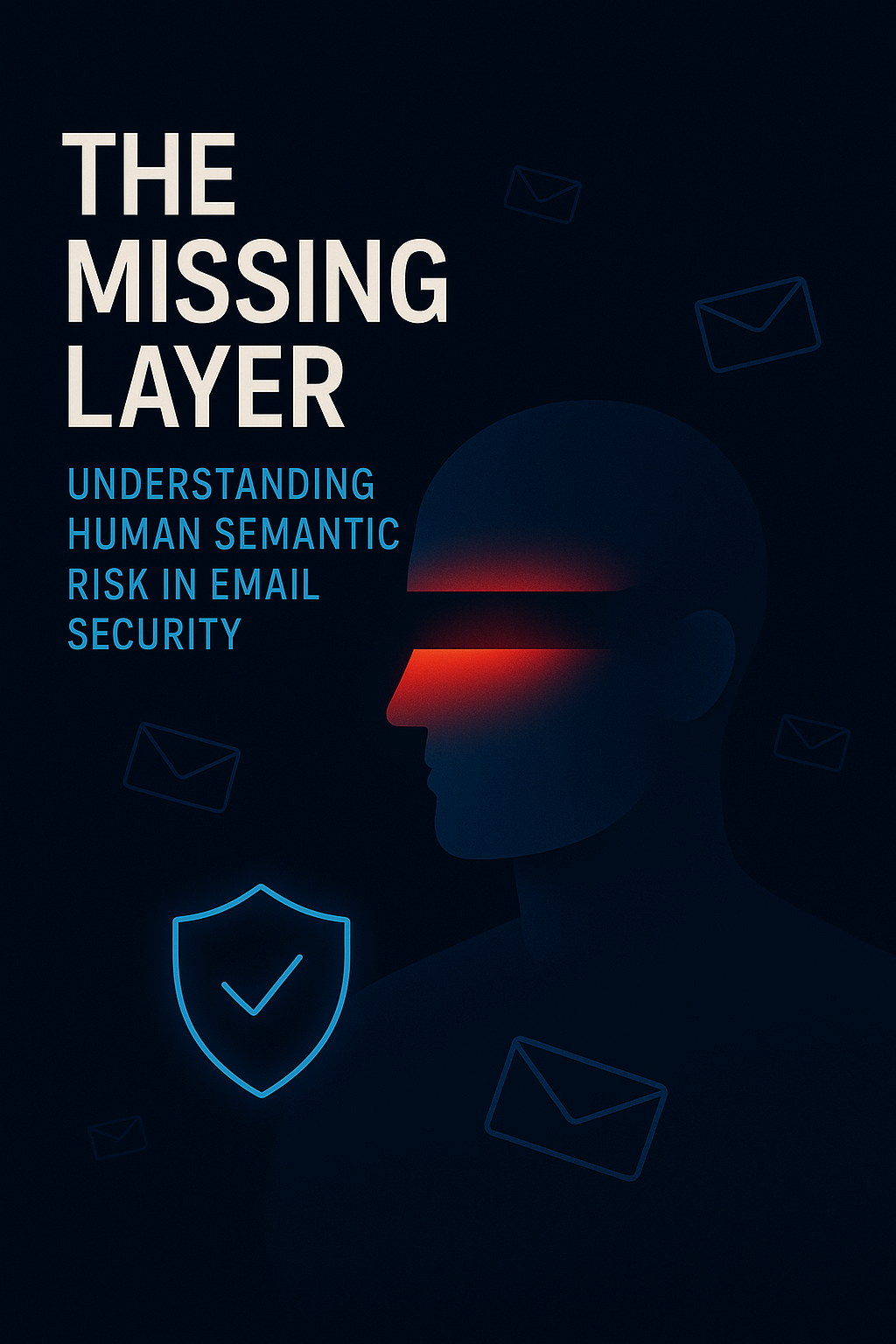





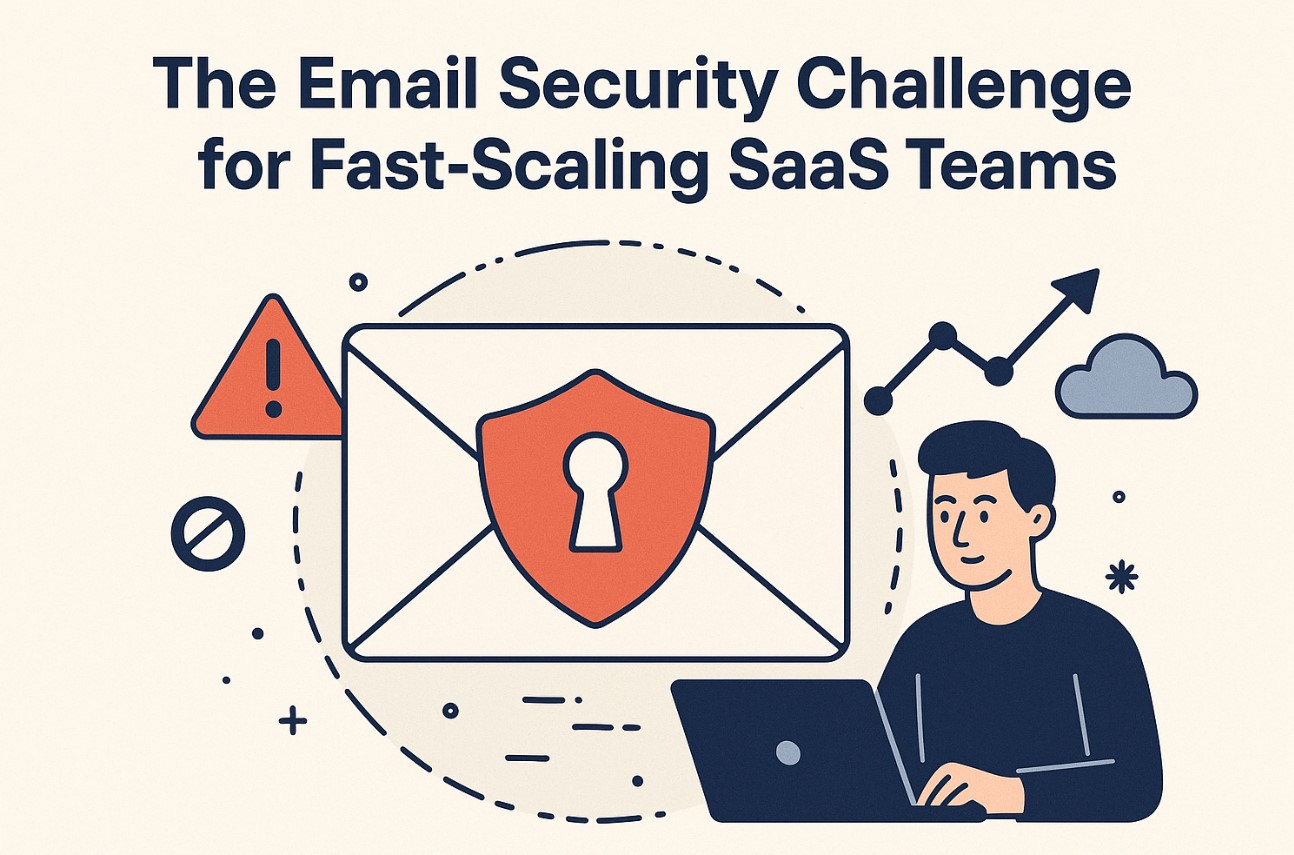
.png)





.png)

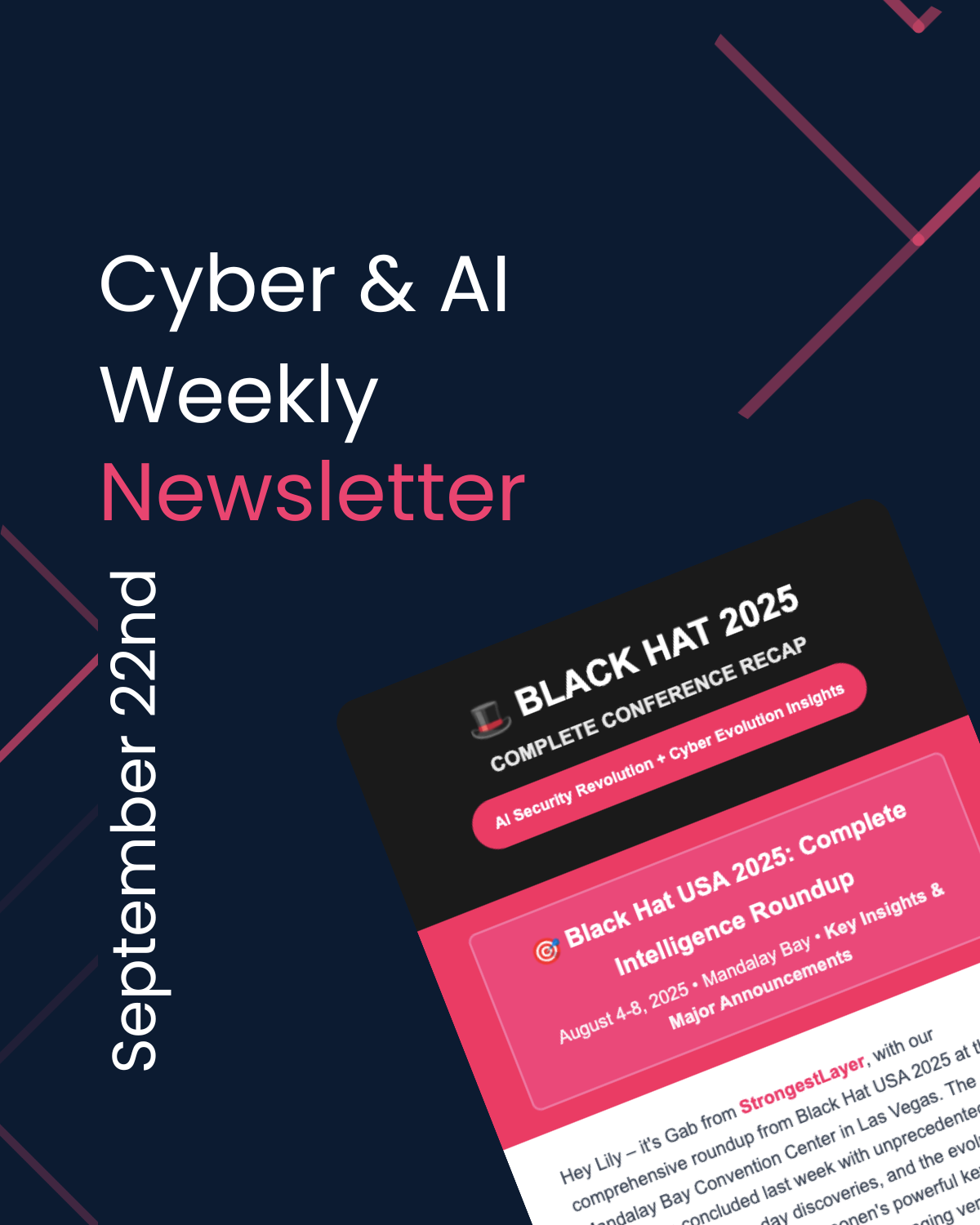
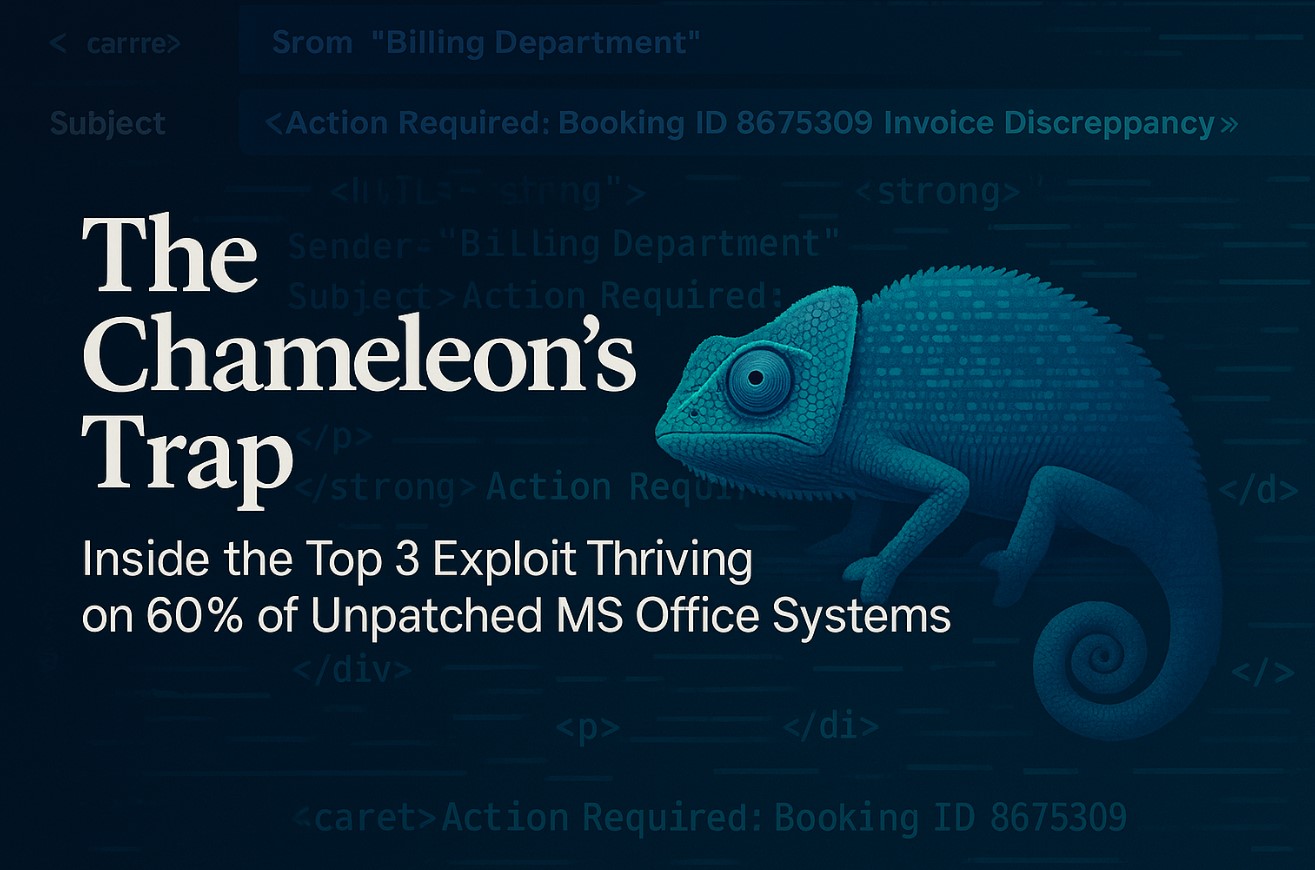

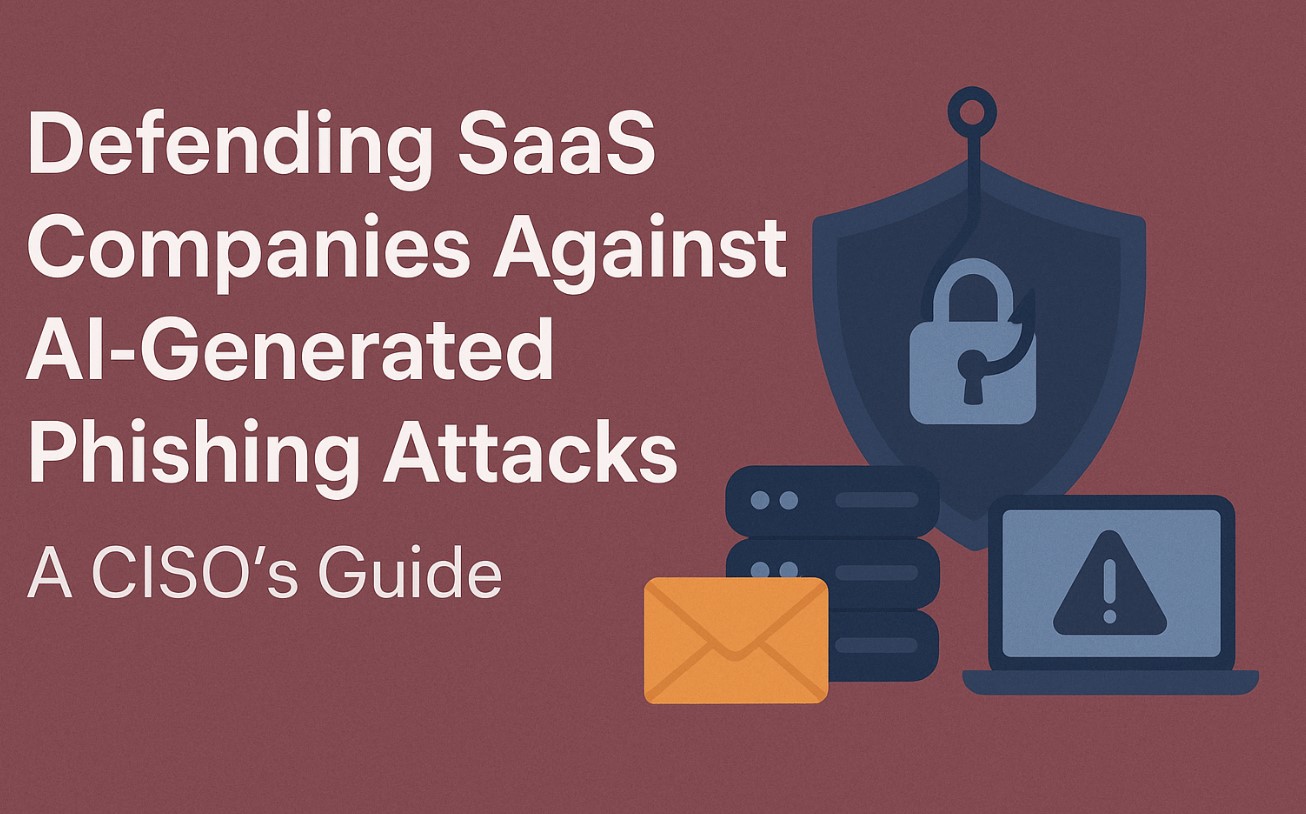



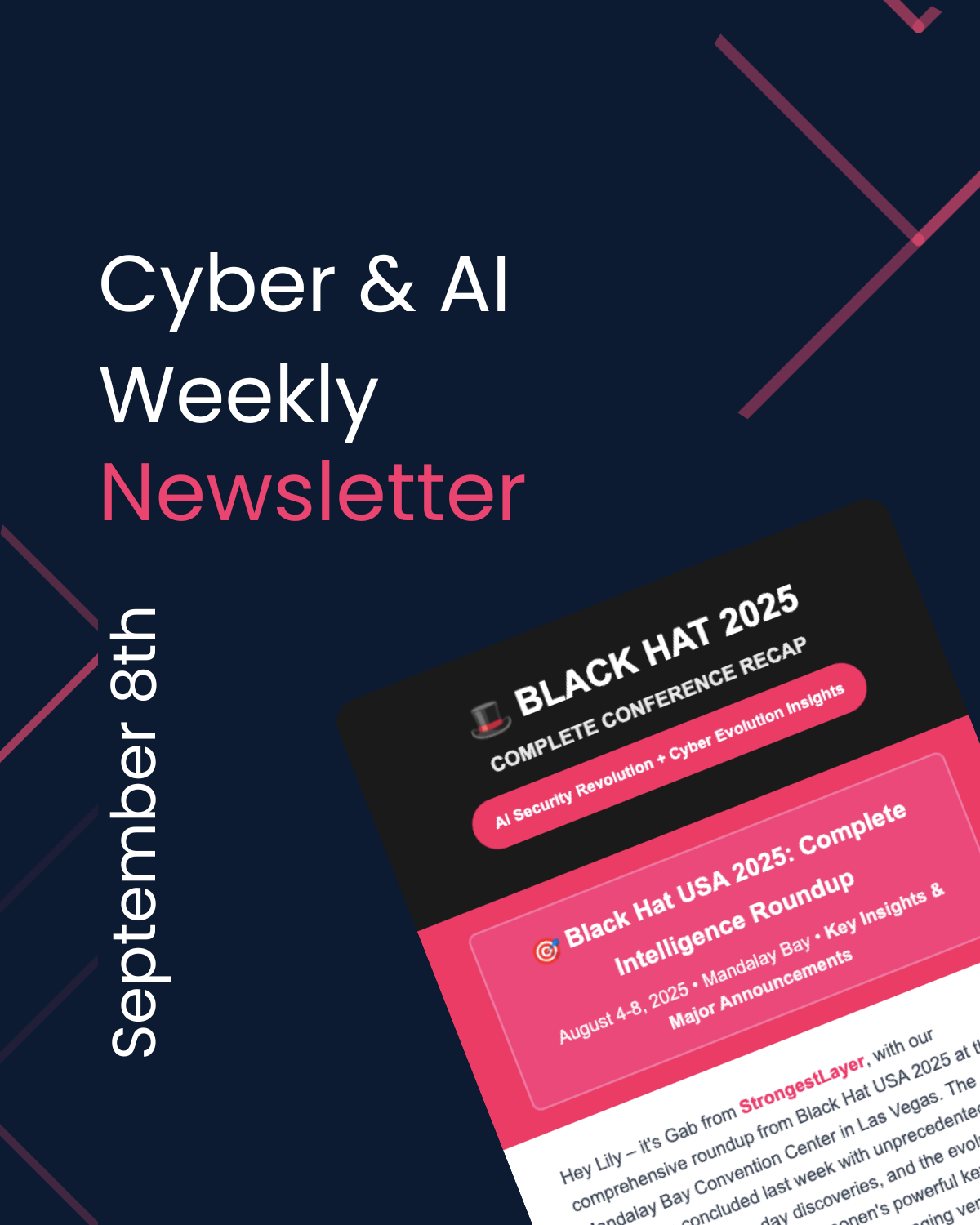



.png)
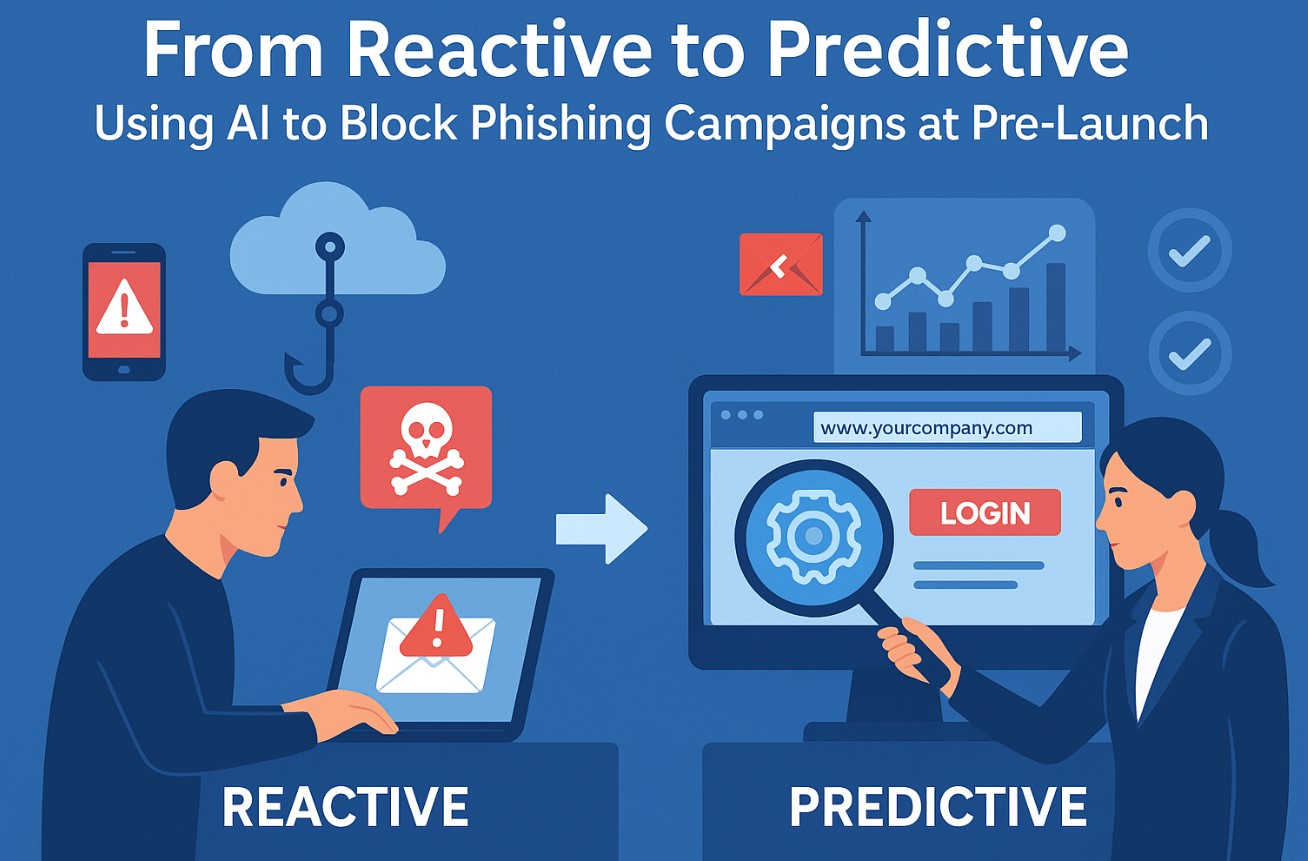


.png)
.jpg)
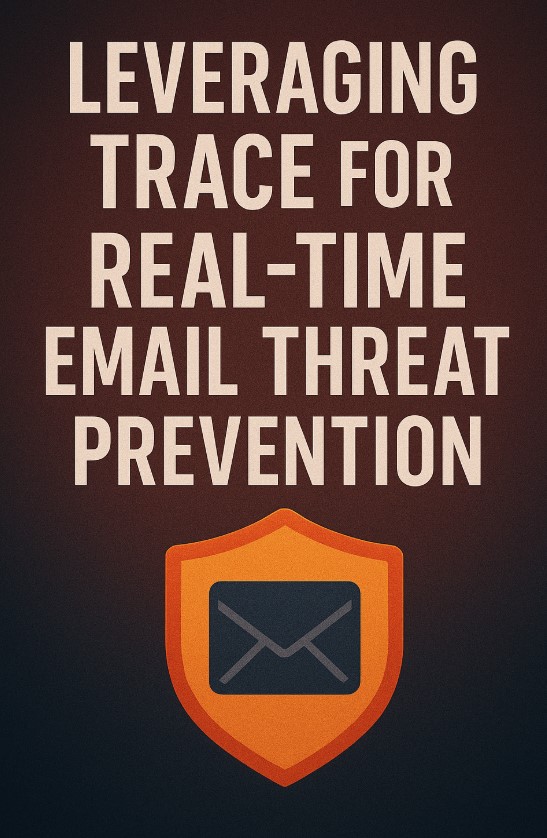
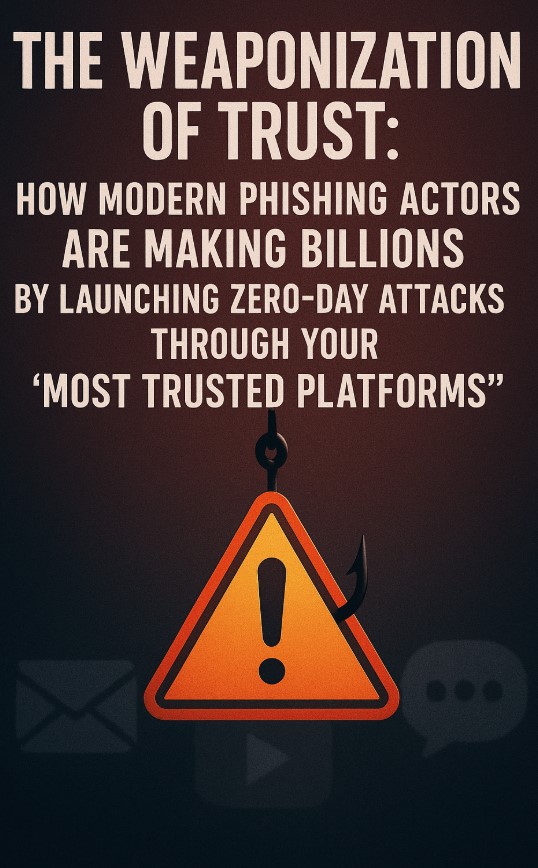
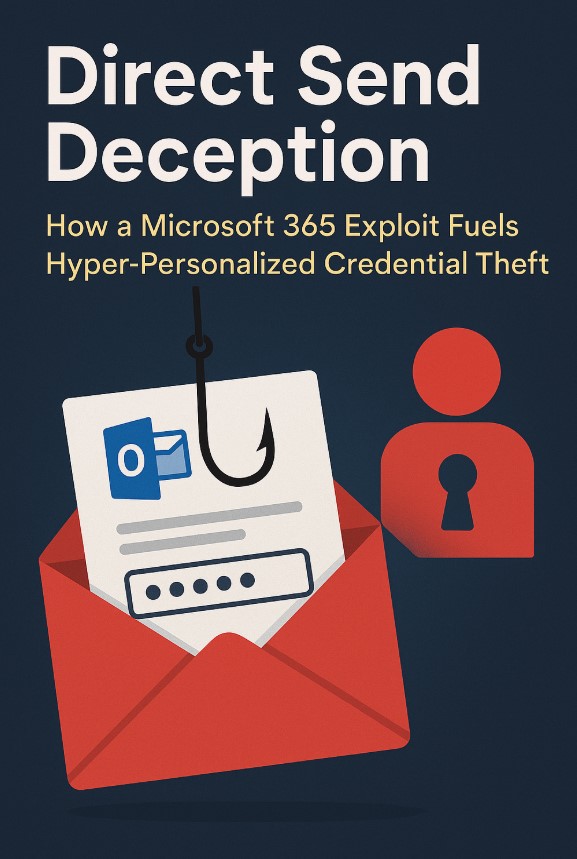
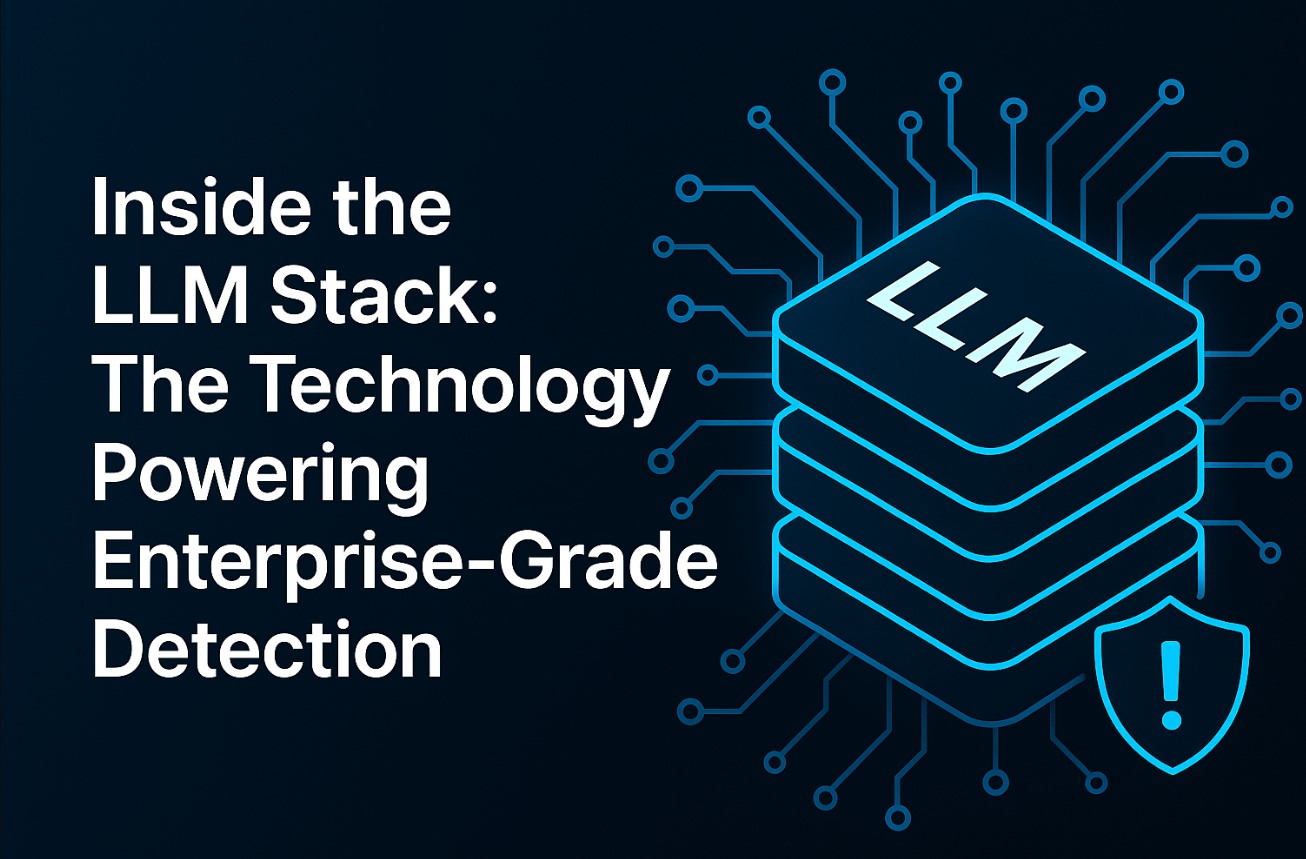
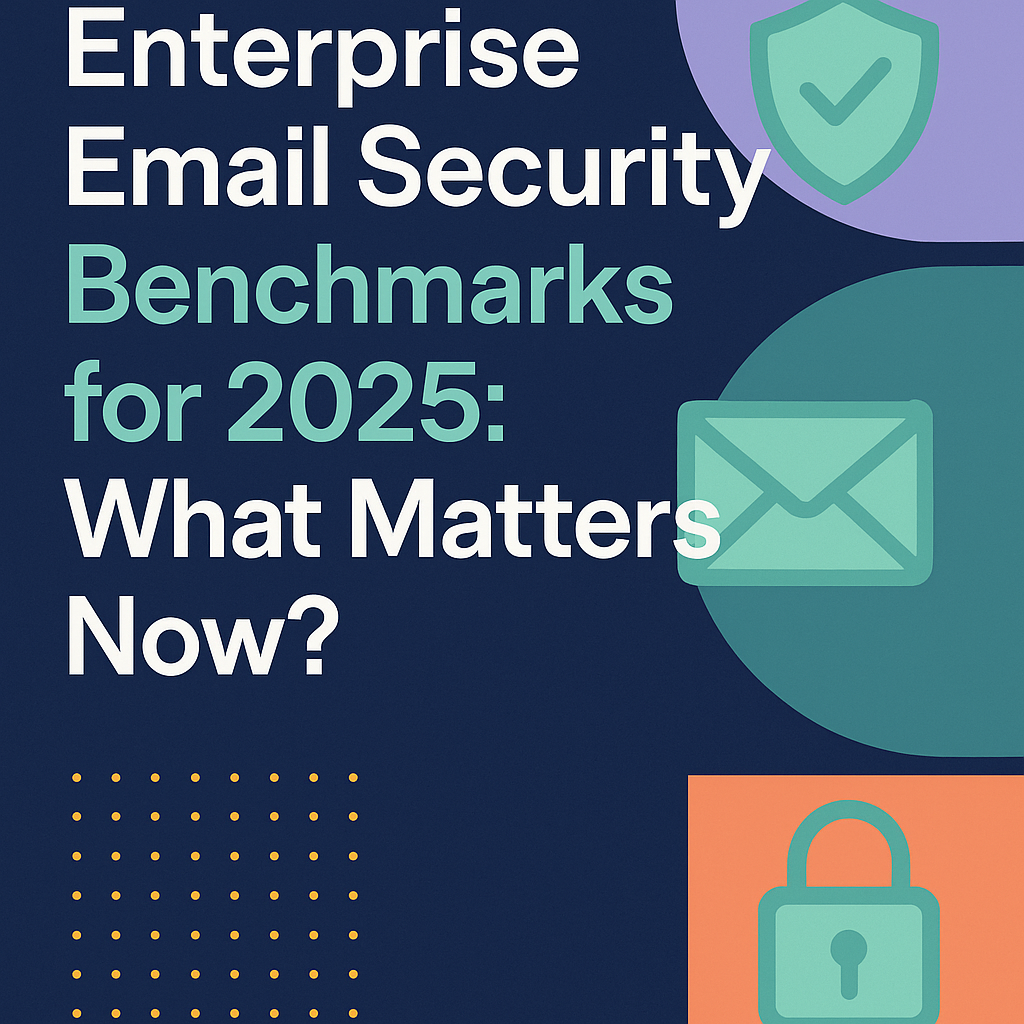
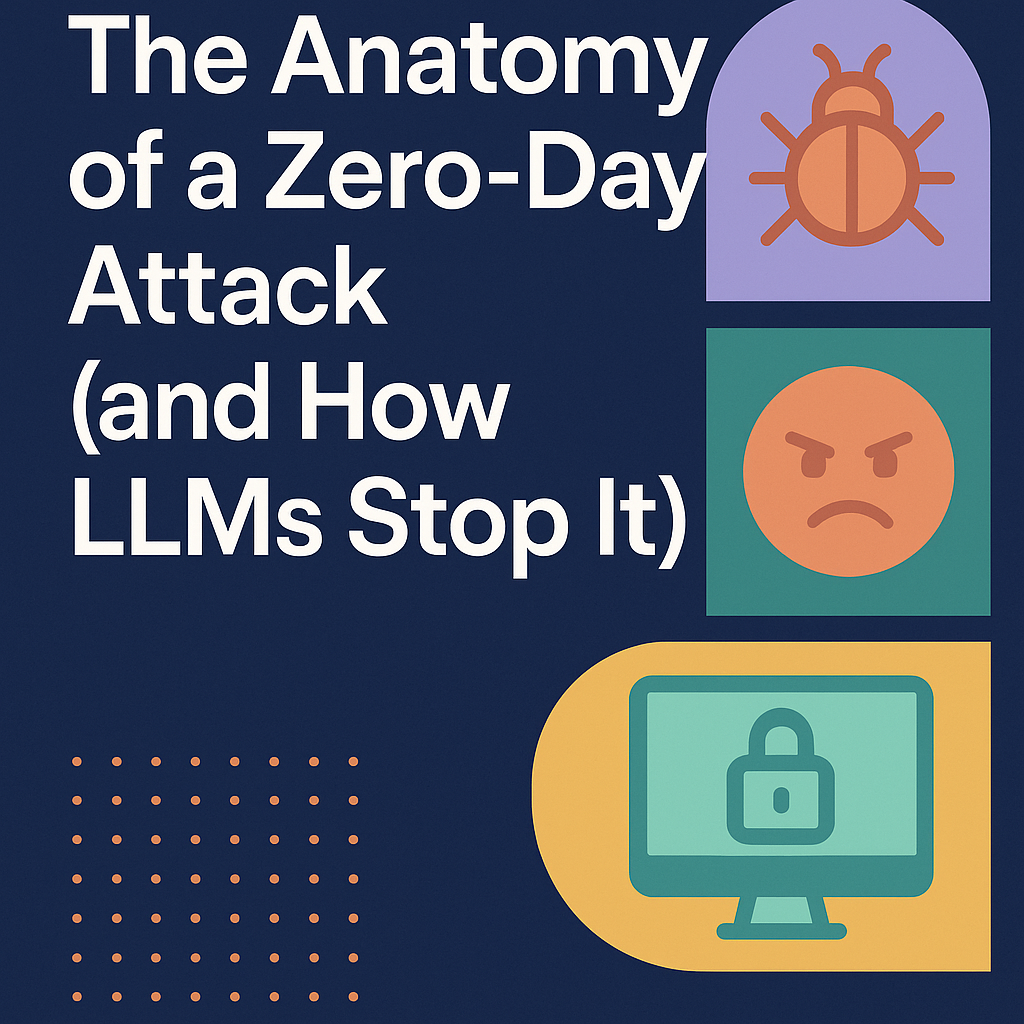

.png)







.png)































%20Attacks%20in%202025.jpg)









